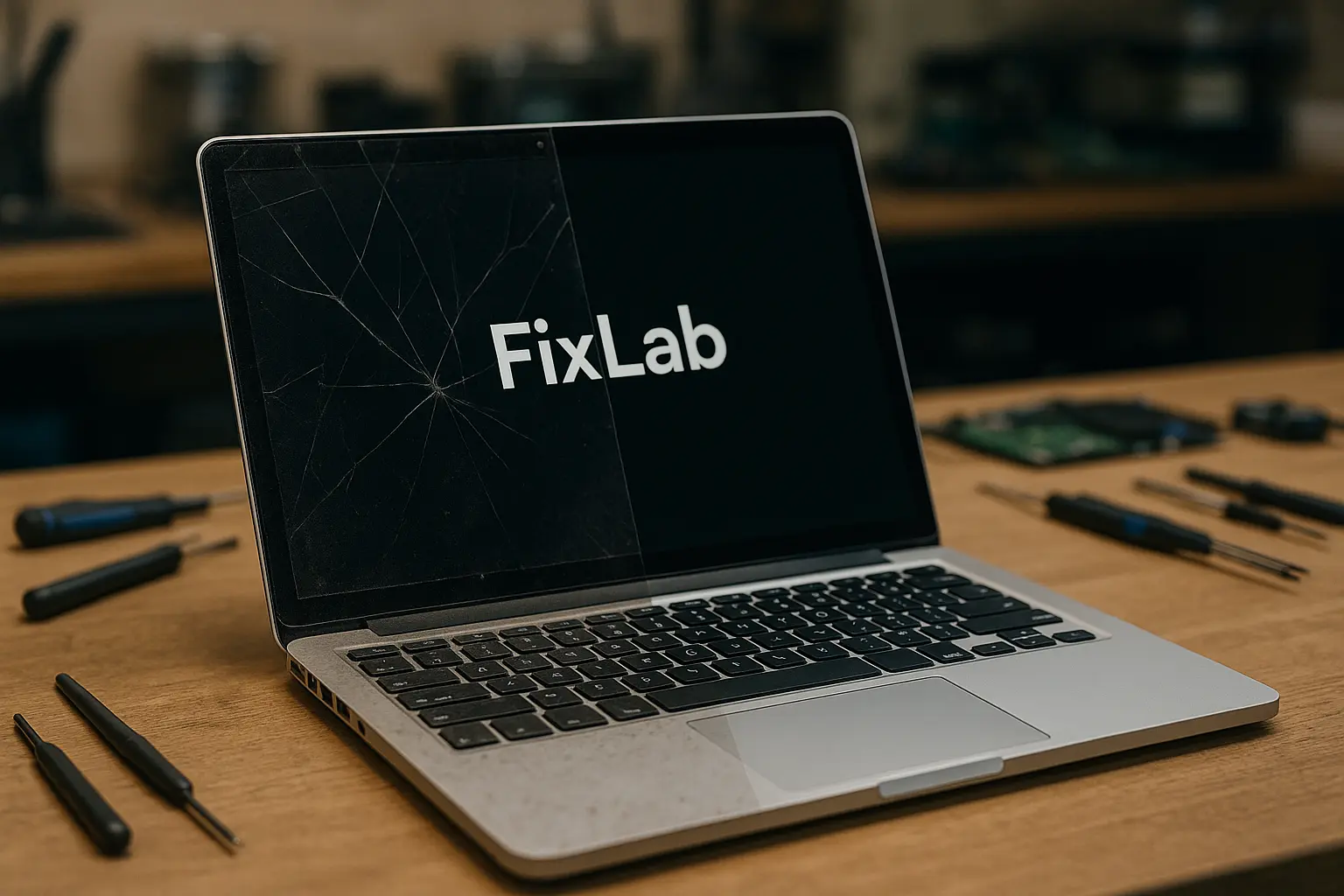Why is it necessary to clean your laptop regularly?

Laptops are vulnerable to dust because their cooling system is compact and enclosed. Over time, radiators and fans become clogged, leading to:
-
Overheating - the processor and GPU begin throttling, causing the laptop to lag and freeze.
-
Component failure - constant overheating can damage the motherboard, GPU, or processor.
-
Increased noise and reduced battery life - fans run at maximum speed, and the battery drains faster.
How often should you clean your laptop?
-
Every 8 months - if the laptop is frequently used on soft surfaces (bed, sofa, lap).
-
Once a year - for standard office use.
-
More often - if you have pets at home or use the laptop for gaming and resource-intensive tasks.
Disassembling the laptop
❗️Important! Before disassembling, completely power off the laptop: disconnect the battery and power adapter to avoid damaging components.
-
Enclosed design - accessing the cooling system requires full disassembly of the case.
-
Fragile clips and fasteners – plastic clips can break if handled carelessly. If the laptop hasn’t been serviced for a long time, hinge mounts may degrade due to wear. Over time, hinges tighten, and without regular lubrication or loosening, they can damage the case.
-
Thin ribbon cables - careless handling can damage or detach them from the board.
-
Different cooling systems - gaming laptops have complex multi-section cooling systems with heat pipes requiring careful handling.
How does professional cleaning work?
-
Laptop disassembly
-
Removing the bottom cover (sometimes the top part), keyboard, and motherboard.
-
Disconnecting the battery and BIOS battery - this prevents short circuits.
-
Carefully disconnecting ribbon cables without damaging connectors.
-
Dust removal
-
Radiators and fans are cleaned with compressed air and anti-static brushes. Special electronics cleaning solutions are used if necessary.
-
Important! The fan must not be spun with an air stream - this may cause damage. Do not pull or press on radiators, as deformation can disable the cooling system.
-
The motherboard is inspected for contamination, oxidation, and moisture damage.
-
Vacuuming without disassembling the laptop is ineffective. Dust will clog the radiator and block airflow. Vacuuming the motherboard is risky due to static and is ineffective.
-
Replacing thermal paste and thermal pads
-
Removing old paste - carefully clean the processor chip and radiator with a lint-free cloth moistened with isopropyl alcohol.
-
Applying new paste - use high-quality compounds like Arctic MX-6, Thermal Grizzly, or similar.
-
Checking the condition of thermal pads - particularly important for video memory chips.
⚠️ Caution: Thermal paste is toxic!
Avoid contact with skin, eyes, or mucous membranes. Wear gloves and wash hands thoroughly after handling. Be cautious and stay safe!
How to apply thermal paste correctly?
-
The paste should cover the entire surface of the chip but with a layer no thicker than a sheet of paper. Its purpose is to fill microscopic gaps between the chip and the heatsink for maximum thermal conductivity.
-
Common mistake - applying too much paste! This reduces heat transfer, creating a thermal barrier that worsens cooling.
⚠️ Important! Ensure the paste does not extend beyond the chip, especially if it contains metallic particles, as this may cause a short circuit!
Reassembly and testing
Carefully reinstall all components in reverse order. Make sure to check fan operation and temperature under load with specialized software, e.g. using AIDA64 and/or FurMark.
Common mistakes when cleaning a laptop yourself
-
Breaking the case - if you don't know where the clips are, you can crack the panel.
-
Tearing ribbon cables - most commonly affects touchpad, keyboard, and screen cables.
-
Damaging heat pipes - bending or applying excessive pressure can compromise their seal and reduce cooling efficiency.
-
Overheating after reassembly - caused by improper thermal paste application or disrupted airflow.
-
Static electricity - without anti-static protection, you can accidentally damage the processor, RAM, SSD, power controller, and other components.

